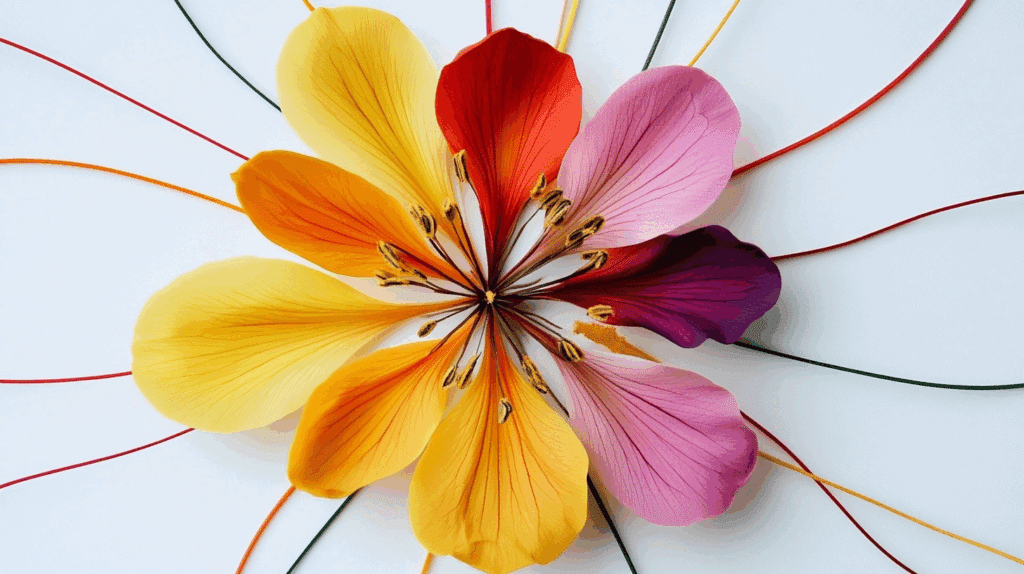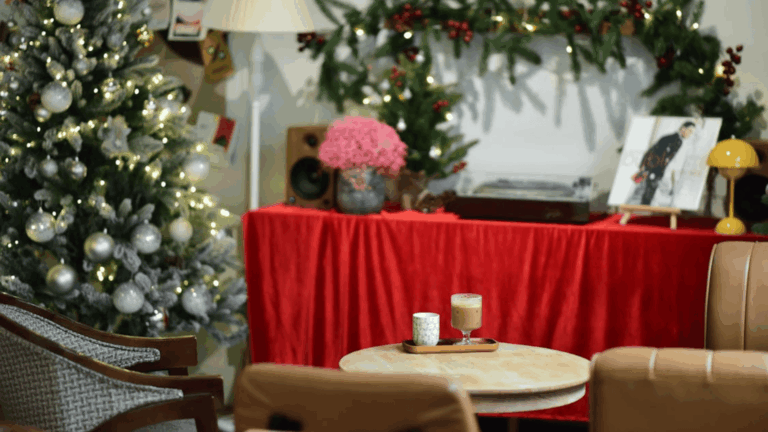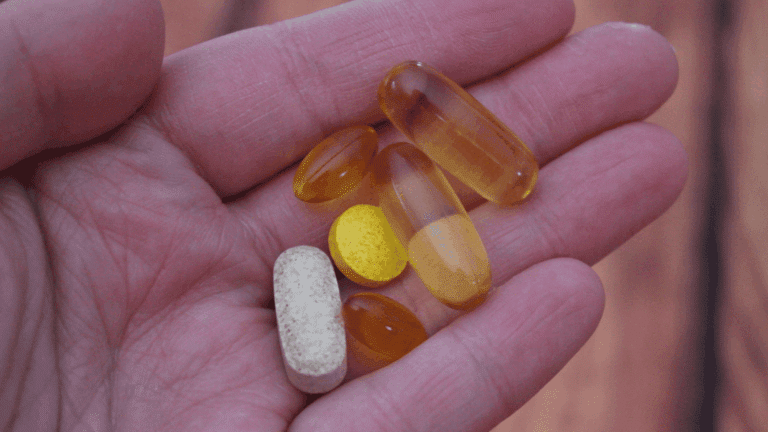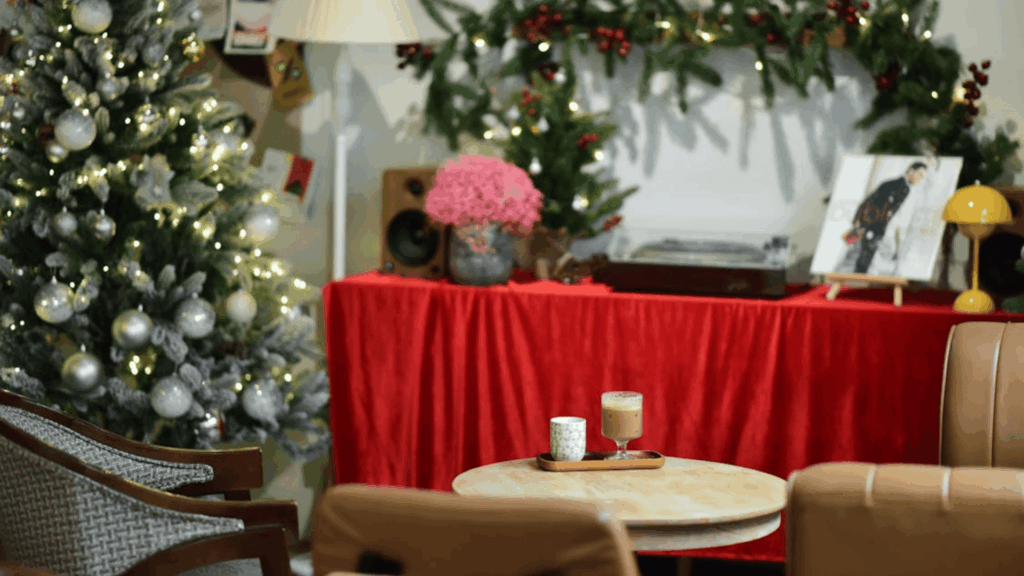Have you noticed how small children stop and stare at flowers with wide-eyed wonder?
Bright colors, sweet smells, and different shapes make flowers natural attention-grabbers for preschoolers.
These little botanists touch petals, smell blooms, and ask dozens of questions about what they see. Teaching flower parts to preschoolers isn’t just cute – it builds key science skills.
This blog will show you simple, fun ways to teach parts of a flower preschool students. These activities will turn curious little ones into budding plant experts who can’t wait to learn more.
Key Parts of a Flower Preschool Students’ Guide
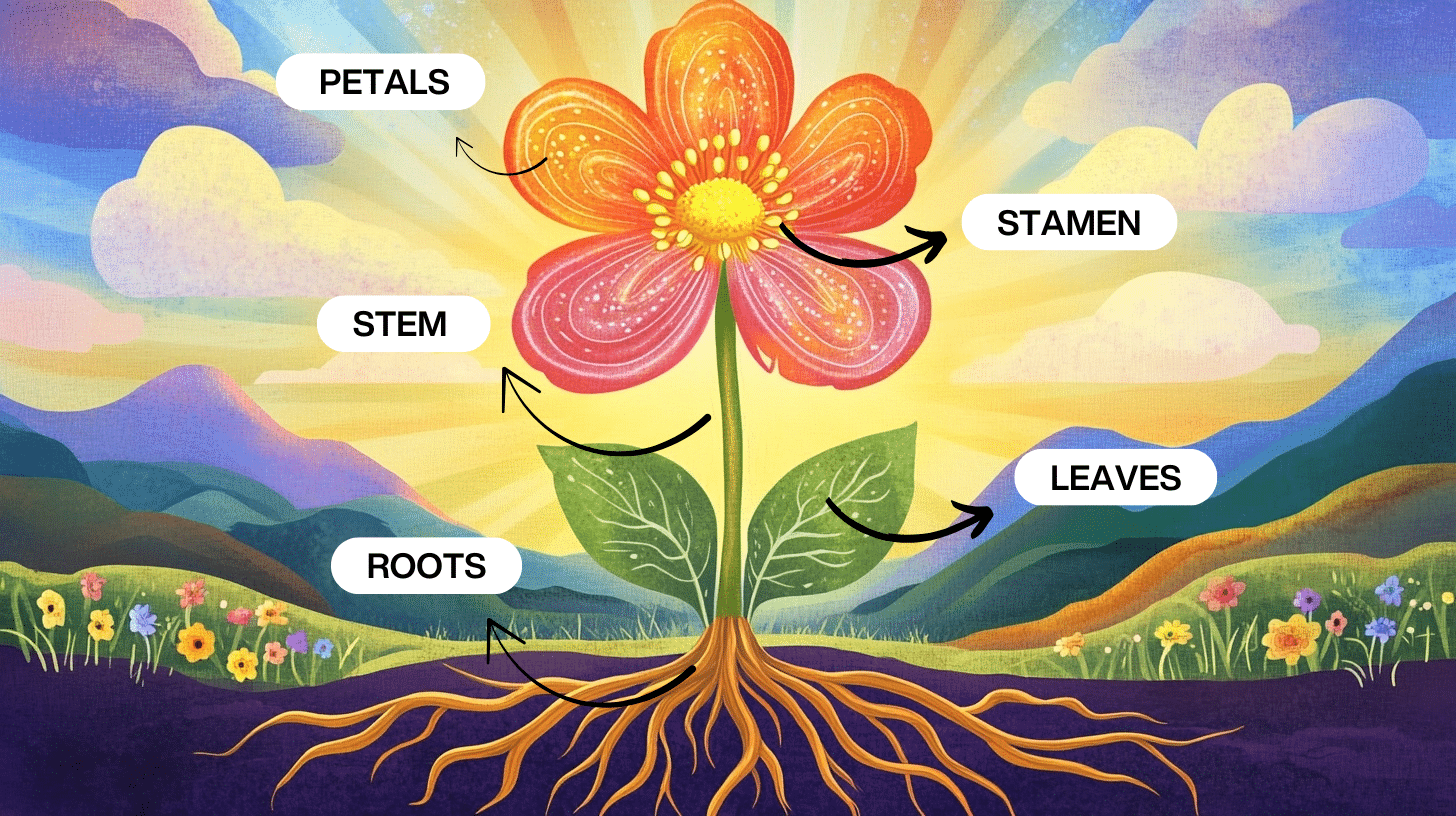
When preschoolers look at flowers, they can learn to spot six main parts. Each part has its own job, helping the flower grow and make new plants.
- Petals are the colorful parts of flowers that feel soft to the touch. They come in many colors and shapes. Petals help attract bees and butterflies to the flower.
- Stems hold the flower up tall toward the sun. They are like straws that carry water from the roots to the rest of the plant.
- Leaves are the green parts that grow from the stem. They catch sunlight and make food for the flower.
- Roots hide under the soil where we can’t see them. They drink water and hold the plant in place so it doesn’t fall over.
- The pistil is in the middle of the flower. It’s the “girl” part that holds tiny eggs that can grow into seeds.
- Stamen are the “boy” parts that make pollen, the yellow dust that helps flowers make seeds.
Teachers can point to these parts on real flowers or pictures, helping young children learn flower words naturally.
Interactive Activities to Identify Flower Parts
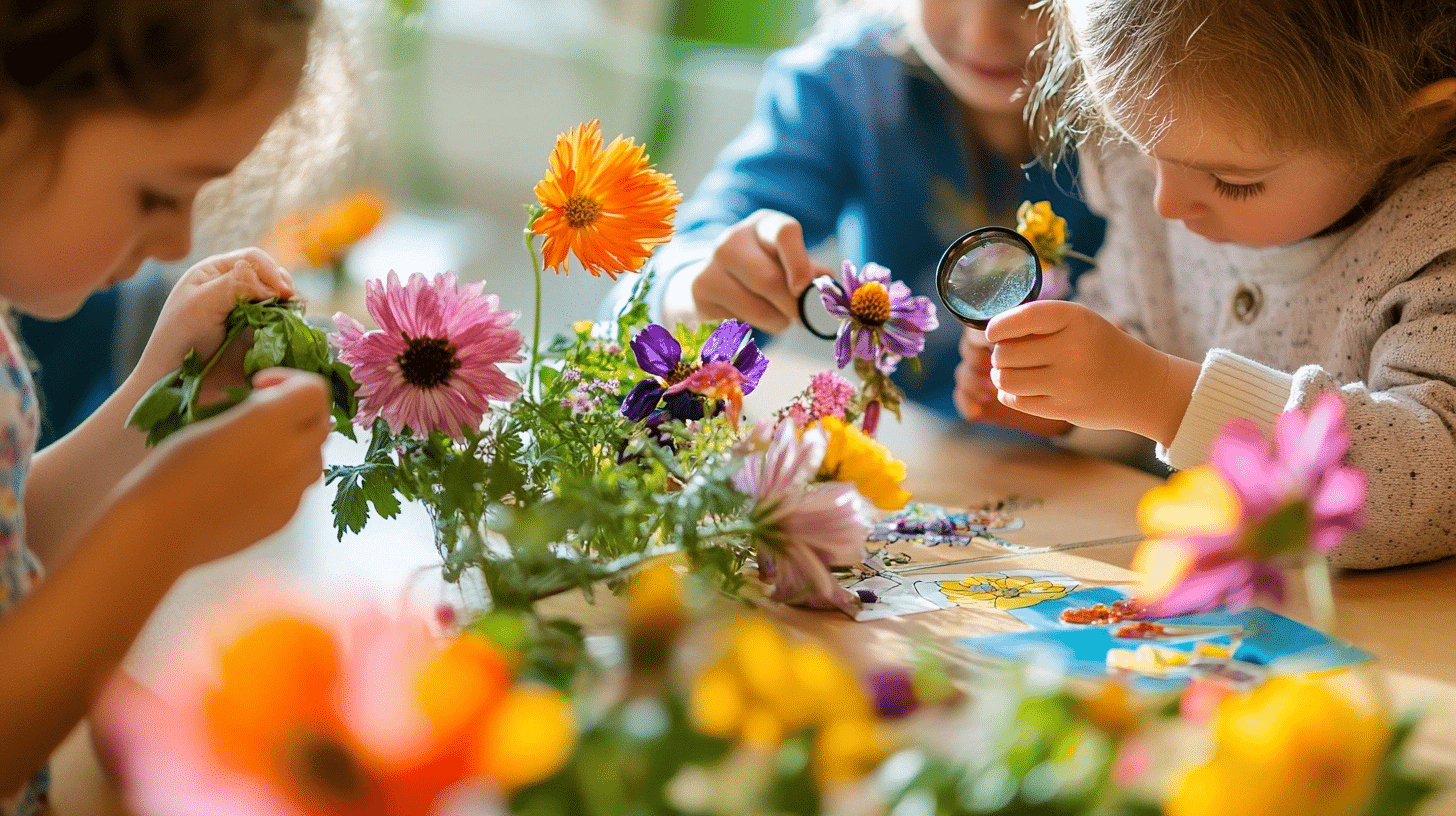
Kids learn best when they can touch, make, and see for themselves. These hands-on activities help preschoolers spot and remember flower parts while having fun along the way.
Coloring Pages and Craft Activities
Coloring helps preschoolers learn flower parts while having fun. They can color each part a different shade, making it easier to tell petals from leaves and stems.
Why coloring works for learning:
- Children remember parts better when they choose colors for each section
- Hand movements during coloring help build memory connections
- Labeling while coloring helps new words stick
Simple flower crafts make learning even more hands-on. Children can make paper flowers with all the right parts. They touch and place each piece where it belongs.
Easy flower crafts for preschool:
- Paper plate flowers with labeled parts
- Pipe cleaner stamens and tissue paper petals
- Felt flower puzzles where kids match parts
Observing and Learning About the Real Flowers
Nothing beats looking at real flowers to learn their parts. Teachers can bring in safe, non-toxic blooms for class study. Daisies, sunflowers, and tulips work well for young learners.
Steps for safe flower observation:
- Wash your hands before and after touching flowers
- Use child-safe scissors to cut stems
- Have adults help with any cutting
Looking closely at flowers helps children spot tiny details. Using a magnifying glass makes flower study an exciting hunt.
Tips for close observation:
- Use plastic magnifiers made for small hands
- Place a white paper under the flowers to see the parts better
- Ask questions like “What color are the petals?” or “Can you find the stem?”
- Take photos so children can point to parts on a bigger screen
The best learning happens when children can touch, feel, and see real flowers up close.
Encouraging Fun Flower-related Activities
Learning about flowers shouldn’t stop after the formal lesson ends. Games, stories, and outdoor activities help preschoolers build a lasting connection with nature. These fun extras make flower facts stick in young minds.
Flower Activities for Extended Learning:
| Activity Type | Examples | What Children Learn |
|---|---|---|
| Nature Walks | Flower counting walks, Color scavenger hunts, Flower shape spotting | Observation skills, Counting, Color recognition |
| Songs & Rhymes | “The Flower Grows,” “Mary, Mary Quite Contrary,” “Little Seed” | Sequence of growth, Plant parts, Memory skills |
| Role Play | Flower shop, Bee pollinating flowers, Gardener planting | Social skills, Life cycles, Care for living things |
| Movement Games | Flower yoga poses, Seed-to-flower dance, Pollinator tag | Body awareness, Growth stages, Physical activity |
| Storytelling | “The Tiny Seed,” “Planting a Rainbow,” “Flower Garden” | Vocabulary, Listening skills, Plant life cycles |
These playful activities turn learning parts of a flower in preschool into lasting knowledge that grows with the child.
Common Preschool Questions About Flowers
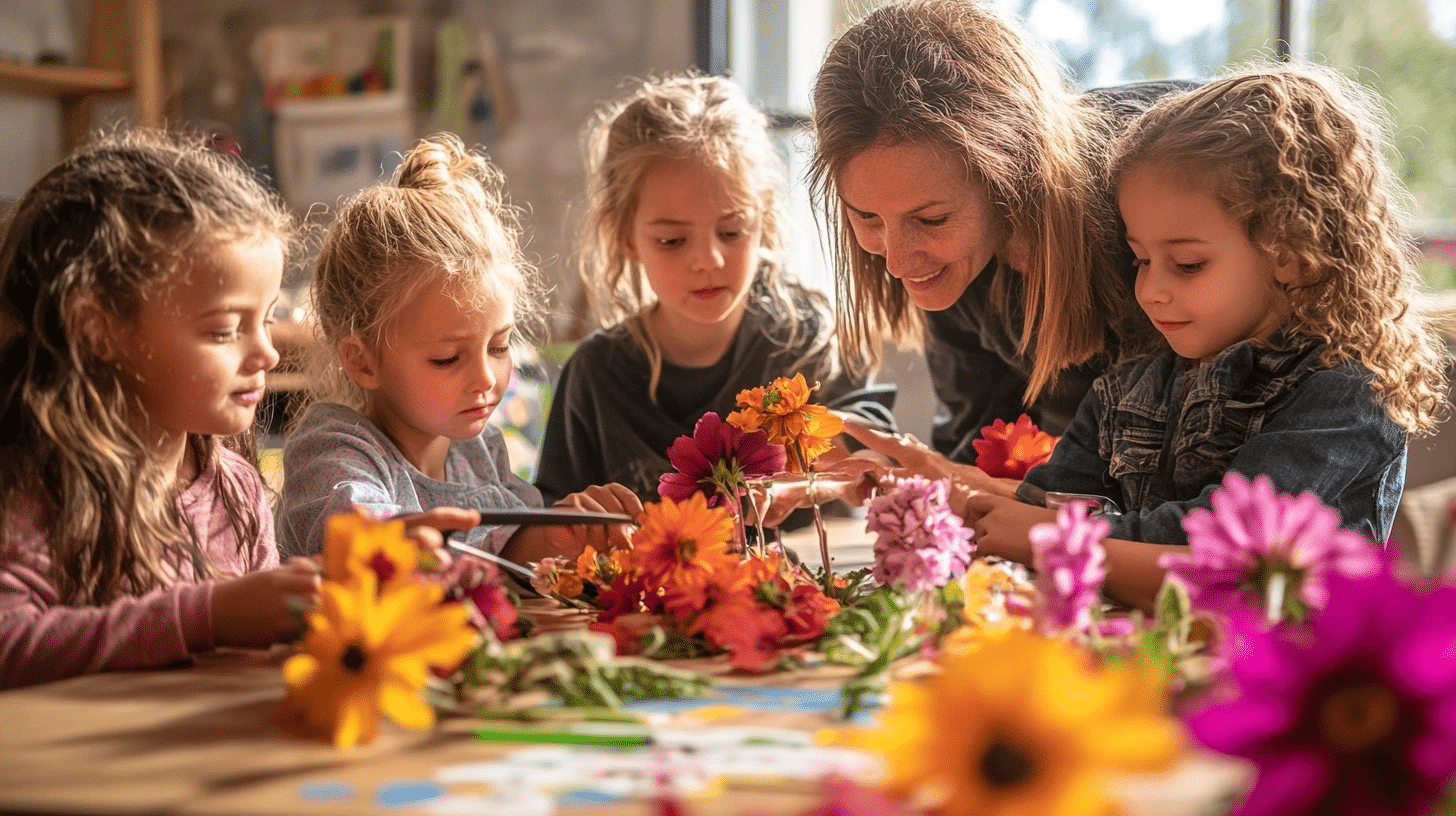
Preschoolers ask many questions as they learn about flowers. Their natural curiosity leads to wonderful learning moments. Here are common questions teachers and parents hear, along with simple answers that keep young minds engaged.
1. Why do flowers have different colors?
Flowers use colors to attract bees and butterflies. The bright colors tell these helpers where to find nectar. It’s like putting up a colorful sign that says “Food here!”
2. Do flowers sleep at night?
Some flowers close their petals when it gets dark. They’re not really sleeping, but they are resting. They open again when the sun comes back in the morning.
3. Why do flowers smell good?
The sweet smell helps bees find the flowers. Bees have a good sense of smell. They follow the scent like we might follow the smell of cookies baking.
4. Can flowers talk to each other?
Flowers can’t talk like people, but plants can send signals through their roots and the air. They share information about danger or food in their special way.
5. Do flowers get thirsty?
Yes! Flowers need water just like we do. Their roots drink water from the soil. On hot days, they need more water to stay fresh and not wilt.
6. Can I talk to flowers?
Plants don’t hear like we do, but some studies show plants respond to sounds and vibrations. Talking nicely to plants while caring for them is a good habit.
7. Where do flowers go in winter?
Many flowers die when cold weather arrives, but they leave seeds behind. These seeds wait in the soil until spring, when they grow into new flowers.
When children ask these questions, it shows they’re thinking deeply about what they see in nature. Their curiosity builds the foundation for future science learning.
The Bottom Line
When children learn about parts of a flower in preschool, they gain more than just plant facts. They build science skills that will help them throughout school and life.
The activities in this blog use items you likely have at home or in your classroom. Next time you’re outside with your preschoolers, pause when they spot a flower and ask what parts they can name.
Let them touch the petals and smell the bloom. These small moments add up to big learning.


